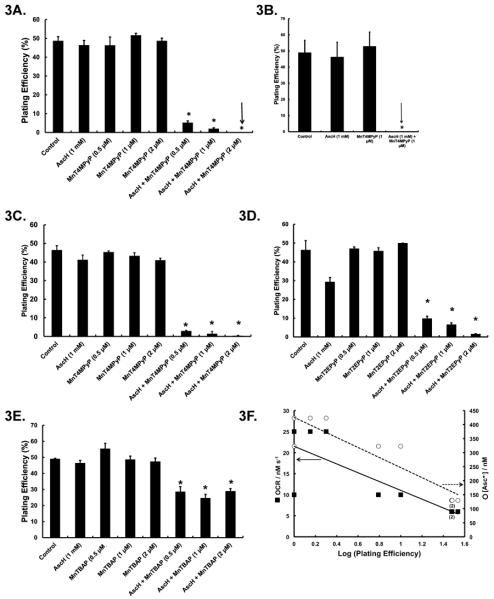Figure 3. Manganoporphyrins enhance AscH−-induced cytotoxicity in pancreatic cancer cell lines.
A. Treatment with AscH− or MnT4MPyP alone does not alter clonogenic survival of MIA PaCa-2 cells. However, the combination of AscH− (1 mM) and MnT4MPyP (0.5 μM) decreases plating efficiency to 5 ± 1 %. When MnT4MPyP (2 μM) was added to AscH−, no clones survived. n = 3. *p < 0.001 vs. controls.
B. MnT4MPyP (1 μM) or AscH− (1 mM) did not affect AsPC-1 clonogenic survival while the combination led to no surviving clones. n = 3. *p < 0.001 vs. control.
C. MnT4MPyP (0.5 – 2 μM) or AscH− (1 mM) did not affect Panc-1 clonogenic survival. However, addition of MnT4MPyP (0.5 μM) to AscH− (1 mM) decreased survival to 3 ± 0.2 %. Only 1 ± 0.1% clones survived exposure to 2 μM MnT4MPyP in the presence of AscH−. n = 3. *p < 0.001 vs. control.
D. MnT2EPyP (0.5, 1 or 2 μM) or AscH− (1 mM) does not alter MIA PaCa-2 survival. MnT2EPyP (0.5 μM) combined with AscH− (1 mM) decreases plating efficiency to 10 ± 0.5 %. When increased concentrations of MnT2EPyP are used, plating efficiency was reduced to ≤ 5 %. n = 3. *p < 0.001 vs. controls.
E. MnTBAP (0.5, 1 or 2 μM) does not alter MIA PaCa-2 plating efficiency. However, when MnTBAP was combined with AscH−, MIA PaCa-2 plating efficiency was decreased to 30 ± %. n = 3. *p < 0.001 vs. control.
F. The OCR of AscH− when combined with MnPs correlates with log (plating efficiency) in pancreatic cancer cell lines (solid line, R2 = 0.9, p < 0.05). In solution, [Asc•−] in the presence of MnPs (from Figure 1) strongly correlated with log (plating efficiency) in MIA PaCa-2, AsPC-1 and Panc-1 cells (hatched line, R2≈ 0.9, p < 0.05. The (2) below specific points on the graph indicate that two identical points at that value.

